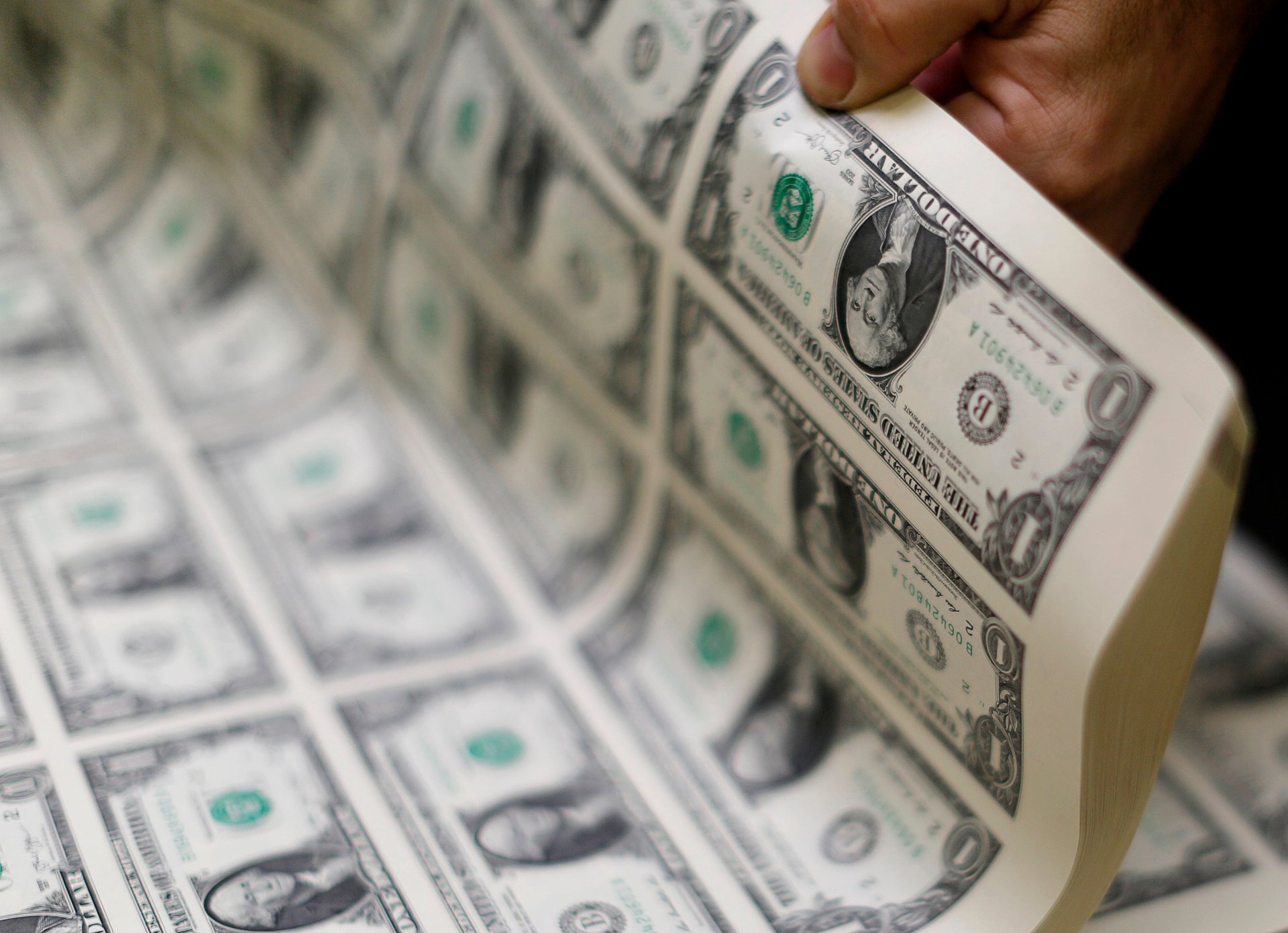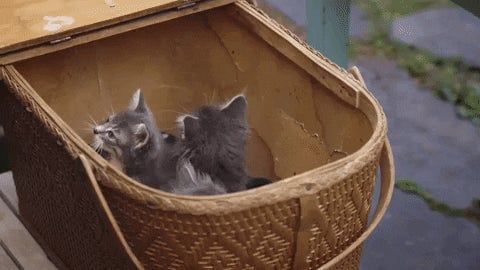ETFs: Easy trade, easy short
Why exchange traded funds are securities' favorite basket.

What trades like a stock, performs like a mutual fund, and has taken financial markets by storm over the past 15 years? The answer is the exchange-traded fund, or ETF, a basket of securities that tracks an index or an industry.
Suggested Reading
It’s all part of the rise of “passive investing,” where investors choose to hold broad baskets of assets rather than pay a fund manager to pick between companies. Passive investing was championed by Vanguard founder Jack Bogle, and is the reason index funds—mutual funds that track an index—became so popular with savers.
Related Content
Like index funds, ETFs allow investors to buy a diversified set of assets all at once and typically have low fees. The big difference is that index funds can’t be traded; ETFs can. The trading aspect didn’t sit well with Bogle. It violated his belief that most retail investors shouldn’t trade.
ETFs are classified as “passive” because the fund’s purchases are not actively managed by a person. But retail trading’s popularity helped the funds hit superstar-level, hitting a peak in 2021. Then the economy began to cool in 2022, and ETF performances are dropping still lower in 2023, thanks to the banking crisis that was kicked off with the fall of Silicon Valley Bank in March. But, despite their similarities with index funds, ETFs still stand out for being easy to trade and easy to short.
Let’s find out why ETFs aren’t really passive at all.
By the digits
8,553: Number of ETFs as of December 2021, a record
9,537: Number of ETFs as of December 2022
$10 trillion: Assets invested in ETFs globally, as of December 2021
$9.23 trillion: Assets invested in ETFs globally, as of December 2022
16%: Increase in a stock’s volatility caused by a one-standard-deviation increase in ETF ownership
80 million: The daily volume of shares traded in SPY, State Street’s S&P 500 ETF

How ETFs work
First, an ETF issuer (like Vanguard or Schwab) decides to create a new ETF based on a basket of stocks (or other assets, like commodities or bonds). The basket is modeled after an index, like the S&P 500, which tracks 500 of the largest companies in the US. There are millions of indexes in the world, maintained by companies of varying levels of credibility, who keep track of which stocks to put in them.
Then, the fund company chooses “authorized participants”—often broker-dealers—to help it. The brokers buy the underlying assets and deliver them to the ETF company in exchange for shares in the ETF. A broker-dealer helping set up an ETF to track the S&P 500 would buy a bit of stock in those 500 companies. Then they’d sell shares of the ETF at a premium to the public.
What happens if brokers fall down on the job, and decide to, say, quit selling if they can’t find buyers for an ETF? That’s what worries some people. The complicated structure of ETFs means there’s a potential for trading to seize up if a lot of people try to sell at once. Experts say the problem, if it happens, is likeliest in small ETFs and those that hold relatively illiquid stocks.
Fun fact
Nate Most, often credited with inventing ETFs, was a physicist. Before getting into finance, he worked on submarine acoustics for the Navy during World War II. But it was a spark of innovation while managing warehouse receipts for cooking oil companies that led him to ETFs.
Brief history
1989: The first ETF nearly launches, but a court in Chicago rules the fund must trade on a futures exchange, not a stock exchange.
1990: The Toronto Stock Exchange launches the Toronto 35 Index Participation Fund, the first ETF.
1993: State Street launches the S&P 500 Trust ETF, or “SPDR,” the first US ETF and still one of the most actively traded.
2009: Following the financial crisis, Wall Street starts marketing ETFs more heavily to entice hesitant investors back into the market.
2010: The US stock market experiences a “flash crash” for 36 minutes, which some analysts attribute partly to the prevalence of ETFs.
Pop quiz

These are the four worst performing ETFs in 2023, but which is the absolute worst?
Drop down to the bottom of the barrel, er, this email, and find the answer.
One big question
What’s wrong with buying the market?
The beauty of ETFs, like index funds, is that they allow investors to own broad slices of the market—or of a particular industry—rather than betting on specific companies. That’s great for investors, especially retail investors who, despite what you’ve heard on Reddit, tend to lose money when they try to pick individual stocks.
But some economists worry that when more investors own a little bit of everything, companies have less incentive to compete. The idea is called “common ownership” and is an active area of economic research. Say Coca-Cola finds a more efficient manufacturing technique and so is able to cut prices. It steals some market share from Pepsi, which is good for consumers and Coke’s investors—but bad for Pepsi’s investors.
But if investors prefer broad ETFs and index funds, it’s plausible that some of Coke’s biggest investors are Pepsi’s biggest investors, too. Common ownership across an industry could decrease investors’ desire for the companies they invest in to compete with one another. A number of research papers have concluded that this is exactly what happens, though not all economists accept that conclusion.
Poll
Which of these yet-to-exist ETFs would you invest in?
- An ETF for junk food companies at risk from Ozempic
- An ETF for ETFs
- An inverse Elon Musk ETF
Tell us which one, and we’ll see what we can do.
💬 Let’s talk!
In our last poll about Pilates, 46% of you said you said you are proud gym rats, while 26% of you said you’d rather stay home and “on your marks, get set, bake,” and the rest of you do some sort of home work out.
Today’s email was written by Walter Frick (prefers index funds) with contributions from Elizabeth MacBride and updates from Susan Howson (prefers index funs!), and edited by Morgan Haefner (would gladly take any funds).
The answer to the quiz is A. NOPE, which should really have been your giveaway.